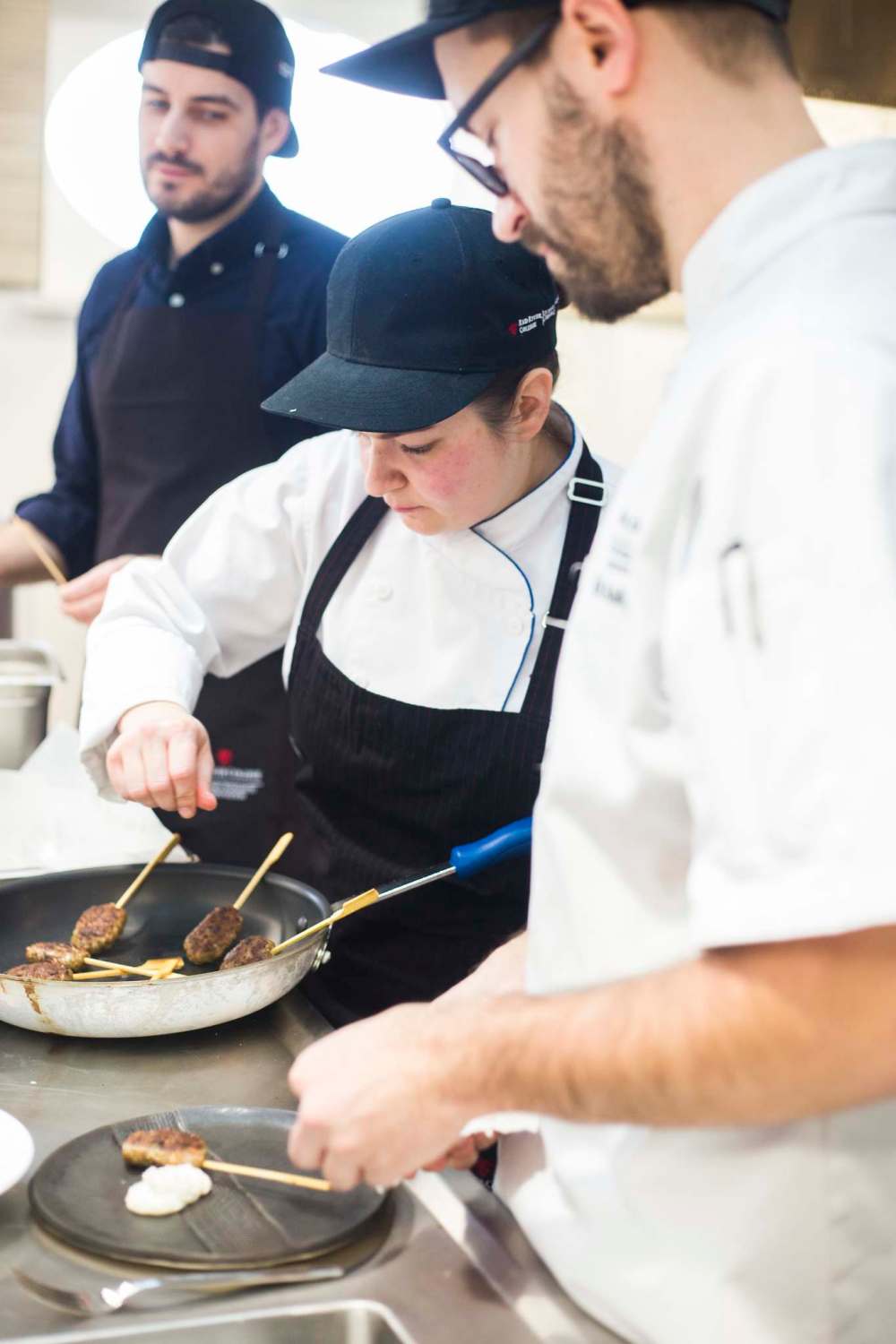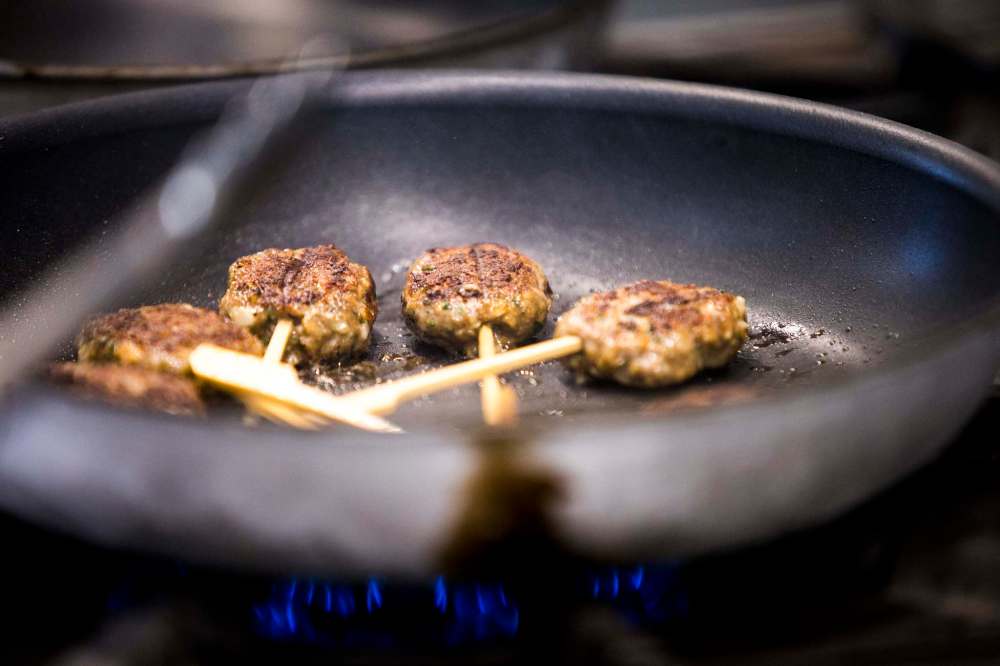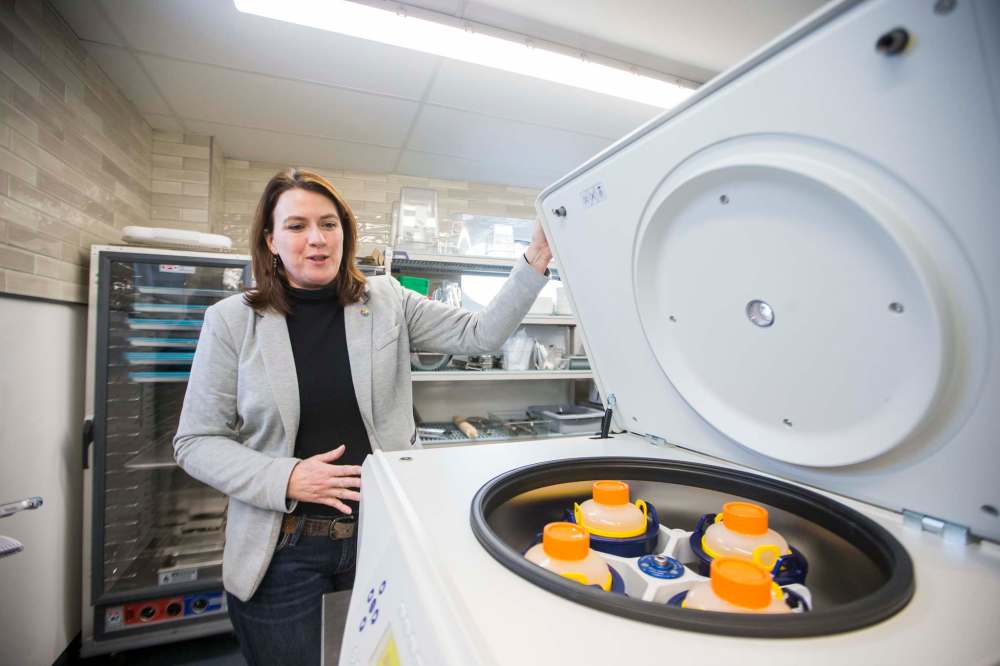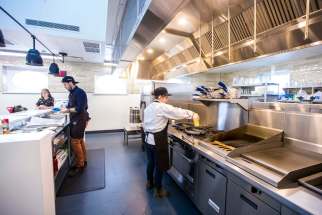From the lab to your plate RRC's Prairie Research Kitchen is where food meets science and the results are delicious
Read this article for free:
or
Already have an account? Log in here »
To continue reading, please subscribe:
Monthly Digital Subscription
$0 for the first 4 weeks*
- Enjoy unlimited reading on winnipegfreepress.com
- Read the E-Edition, our digital replica newspaper
- Access News Break, our award-winning app
- Play interactive puzzles
*No charge for 4 weeks then price increases to the regular rate of $19.00 plus GST every four weeks. Offer available to new and qualified returning subscribers only. Cancel any time.
Monthly Digital Subscription
$4.75/week*
- Enjoy unlimited reading on winnipegfreepress.com
- Read the E-Edition, our digital replica newspaper
- Access News Break, our award-winning app
- Play interactive puzzles
*Billed as $19 plus GST every four weeks. Cancel any time.
To continue reading, please subscribe:
Add Free Press access to your Brandon Sun subscription for only an additional
$1 for the first 4 weeks*
*Your next subscription payment will increase by $1.00 and you will be charged $16.99 plus GST for four weeks. After four weeks, your payment will increase to $23.99 plus GST every four weeks.
Read unlimited articles for free today:
or
Already have an account? Log in here »
Hey there, time traveller!
This article was published 14/01/2020 (2156 days ago), so information in it may no longer be current.
Just in time to service the growing consumer demand for more plant protein in our diets, Red River College’s multi-million Prairie Research Kitchen will be the place to go for Western Canadian companies who want to figure out how to make their alternative meat burgers bleed and other ingenious ways to use healthy ingredients.
RRC’s food science lab opened last fall on the top floor of the Paterson GlobalFoods Institute after getting its initial funding about four years ago and having to make do with temporary space since then.
With more than $3 million in federal and provincial funding the 4,600 square foot kitchen/lab is full of all the things you would normally find in a commercial kitchen — including a charcuterie cabinet — as well as non-traditional equipment like a centrifuge and 3-D printer.

Complete with a board room with an amazing view for tasting and focus groups, Mavis McRae, the research professional for culinary research & innovation and head of the lab, said culinary arts students will get a whole new training opportunity in the science of food that was not previously available.
Already the lab is working on about 10 projects at at time with new a couple of new ones being pitched every week by industry partners and research scientists.
This week, James Battershill, the founder of a new Winnipeg food company called Juno Food Labs, was doing some of the final testing for a new consumer product, called Bump — a 70-30 ground beef/plant protein blend — that he’s hoping will be in conventional grocery stores in the next six weeks.
Battershill has been working with the RRC lab since he began the project. His version of the Middle Eastern kofta kebab using Bump is delicious and the uninitiated would likely never know that 30 per cent of the “ground beef” is actually textured pea protein.
“We’re targeting this for the flexitarian consumer that is looking to reduce meat consumption but not cut it out of their diets entirely,” Battershill said.

The lab is already getting great traction across the spectrum from small startups like Juno to Richardson International’s food and ingredients division currently doing work in the lab before its own $30-million facility is commissioned. Who knows, the Prairie Research Kitchen might even do some work on cannabis edibles. McRae said they are exploring the licensing and regulatory requirements it would need to work with cannabis companies.
In addition to attracting private sector partners like Juno as well as forging close ties with the province’s Food Development Centre in Portage la Prairie, which is more geared for industrial production, the Prairie Research Kitchen will also be a training ground for culinary arts students to get experience in a food lab.
And with some major plant protein processing capabilities being built in Manitoba who will likely need to do research on product development there is the potential for specialized employment opportunities.

“One of the things we are hoping to see with the students coming into our program, as those companies start building R & D teams… our students would be prepared to work in those labs alongside the food scientist, so you would have the blended team,” McRae said. “The culinary school trains them how to cook but not how to do product development or scientific methods. This way we can get the students ready to do some co-op terms in industry if they don’t want to work in the food service side.”
Considering the increasing trend towards dietary choices that include environmental considerations and reduction in meat consumption, new ingredients like pea protein or even buckwheat protein — something that human digestive systems can handle efficiently — are on the rise and there is that much more demand for a facility where that kind of product development can take place.

“Consumers are definitely more interested in health and wellness and that is driving the presence of these ingredients that are grown in Manitoba,” said Heather Hill a food scientist and the research manager at the Prairie Research Kitchen. “We are here to help showcase how these foods can be used in delicious ways.”
It’s one thing to want to make a chick pea burger, but it is another thing to make it taste and look like a burger. The lab will be the intersection between what the consumer wants and what the scientists can get a food to do.
“Take the Impossible Burger, for instance. It is a scientific marvel,” McRae said. “There were teams of chefs and scientists working on how do you get that flavour profile, texture and general experience. Making a plant bleed is science!”
martin.cash@freepress.mb.ca




Martin Cash has been writing a column and business news at the Free Press since 1989. Over those years he’s written through a number of business cycles and the rise and fall (and rise) in fortunes of many local businesses.
Our newsroom depends on a growing audience of readers to power our journalism. If you are not a paid reader, please consider becoming a subscriber.
Our newsroom depends on its audience of readers to power our journalism. Thank you for your support.








